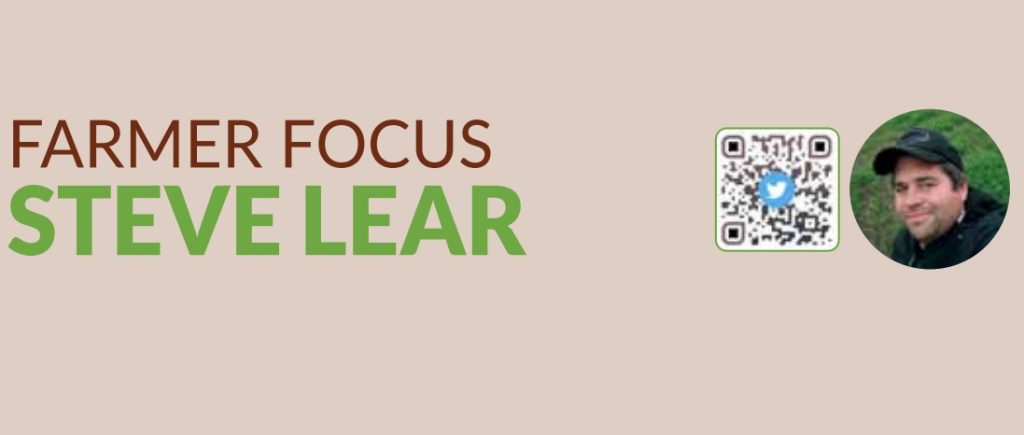January 2023
Attempting to make farming less of a gamble……..
In my very early years of farming, I remember chatting to a good friend of mine who works in the investment banking world. He trades daily on the commodity markets. I mentioned to him that I didn’t think I could deal with the stress of the gamble on the markets. He quickly pointed out that it was actually me that was the gambler. He has a wealth of knowledge and a team of researchers to call upon before he makes calls. I on the other hand was risking all the costs of growing a crop or livestock with no way of knowing how much it would yield, what quality it would be and whether the rest of the world has over produced. Well these past two years have highlighted the gamble that we take as producers and the gamble that we take has become a high stakes game. How much fertilizer has been brought this year at high prices with the hope that wheat will be over £270/ton come harvest 2023?
Reducing the risk, we are exposed too has been a mission of mine for some time but the further we travel down the efficiency route the more I realise that we need to be collecting data from the farm more effectively. New technology will be at the for front of this as well as software that can help make use of the data sets. I’ve made it my new years resolution to make collecting data on the farm more efficient and to embrace the new tech that is available. Moving too cloud based solutions has certainly been an eye opener to us in terms of collecting data. Now all of our employees have an array of apps on their phones to enable a whole range of tasks. The Breedr app has allowed easy collection of data withing the cattle herd, the merit ag app has meant all employees can log machinery and building repairs as well as having access too all our health and safety documents, and I’m now looking for a solution to collecting arable date better (if you have any suggestions please let me know).
Any way back too the farming, the 2022 harvest was a good average one for us. No huge yields but no disasters. We seemed to hold onto moisture well throughout the drought with only spring beans seeing a below average yield. We delayed drilling cover crops and OSR until the third week of September as soil moisture was non-existent. At the time I thought we may have been a bit late with the OSR. It was drilled with our Crossslot, emerged out of the soil after a bit of rain and never looked back. The flea beetle seemed to have migrated too their winter homes by the time ours was trying to put out its first true leaf so once again didn’t receive an insecticide. I think the digestate that we applied at emergence also may have played a role in keeping the beetle at bay.
The winter barley is still my biggest fear. Drilled in the second week of October with the Crossslot it emerged with fantastic vigour. With all the mild weather into November it was absolutely flying and then the inevitable aphids appeared. We have a no insecticide policy which has been easy up to this year as we haven’t had too much pressure from the insect pests. However, it has always played at the back of my mind that if we had a bad infestation of aphids in the winter barley we may have to spray too reduce the risk of BYDV. I decided that we would stick by our guns and haven’t applied any, ill let you know in the spring if it was the right choice or not. I’m hoping for a very cold week to kill them naturally.
The cover crops all went in late September and I didn’t expect too much from them but we probably have some of the best covers we have ever had. I haven’t seen the solar radiation figures for our area through autumn but I suspect it was fairly high. The cover we have used this year will be ahead of spring beans and spring oat/vetch crop for forage. The spring beans have a thick oat cover in front of them and the oat/vetch have a multi species cover in front of them.
On top of the winter cropping, we also over seeded over 200ha of grass pasture. The drought had meant that the grazing ground was fairly bare at the beginning of autumn. This gave us a great opportunity to get the pastures reseeded without losing production. The Crossslot was used to drill grass seed at standard rate into the existing sward. The cattle were left in the fields with the plan to take them out when the new seeds were poking through. When it came to it we actually never moved the herd off as the new grass seemed to establish quickly and anchored itself in well. The herd is still out as I write this in December as the grass growth was probably at its highest this year throughout November. We will bring them inside just before Christmas which is incredibly late for us but a welcome bonus as feeding cattle is an expensive past time these days.
I hope this article finds you all well and I wish you all joy, prosperity and improved soil structure in the new year.

